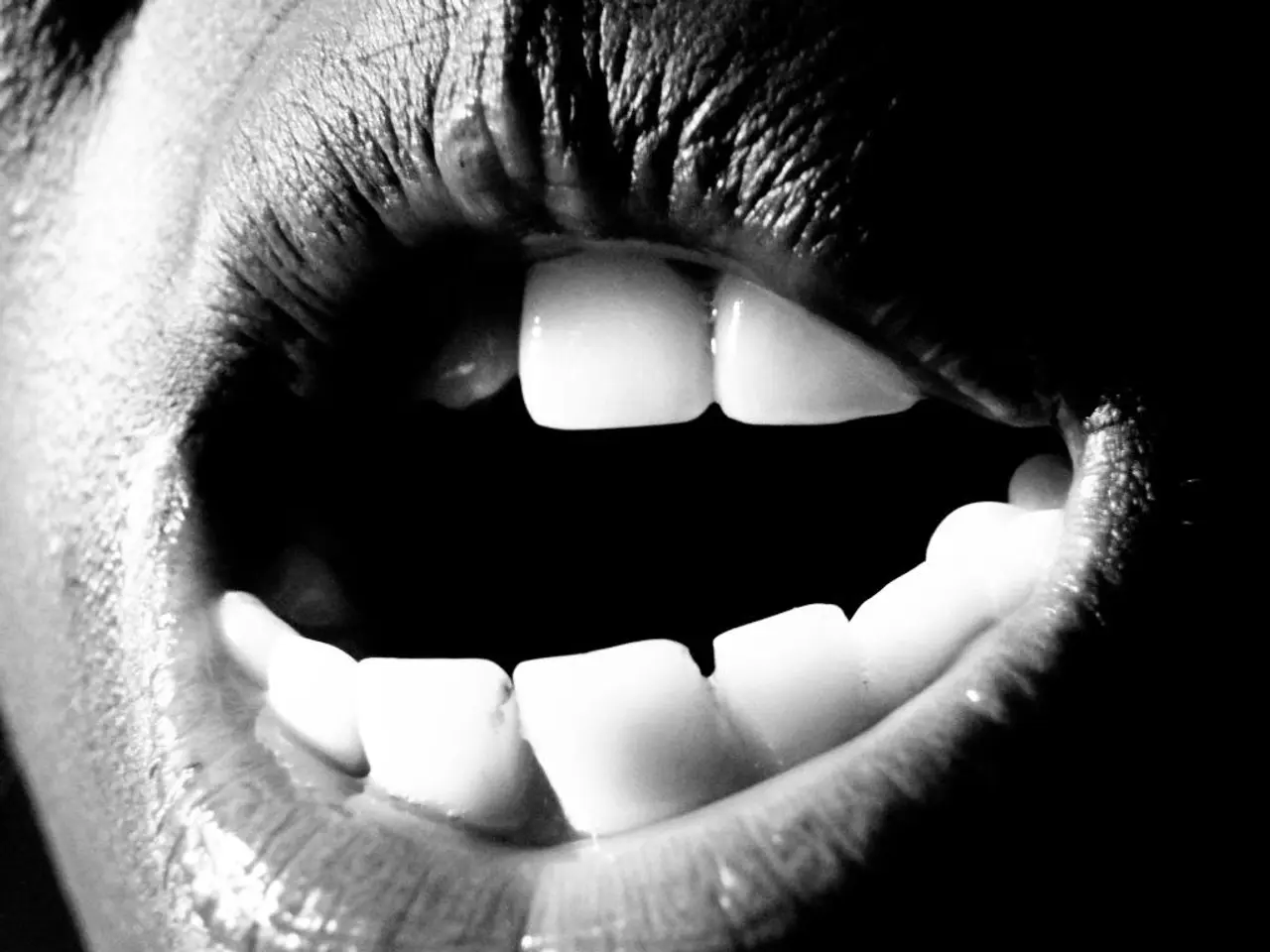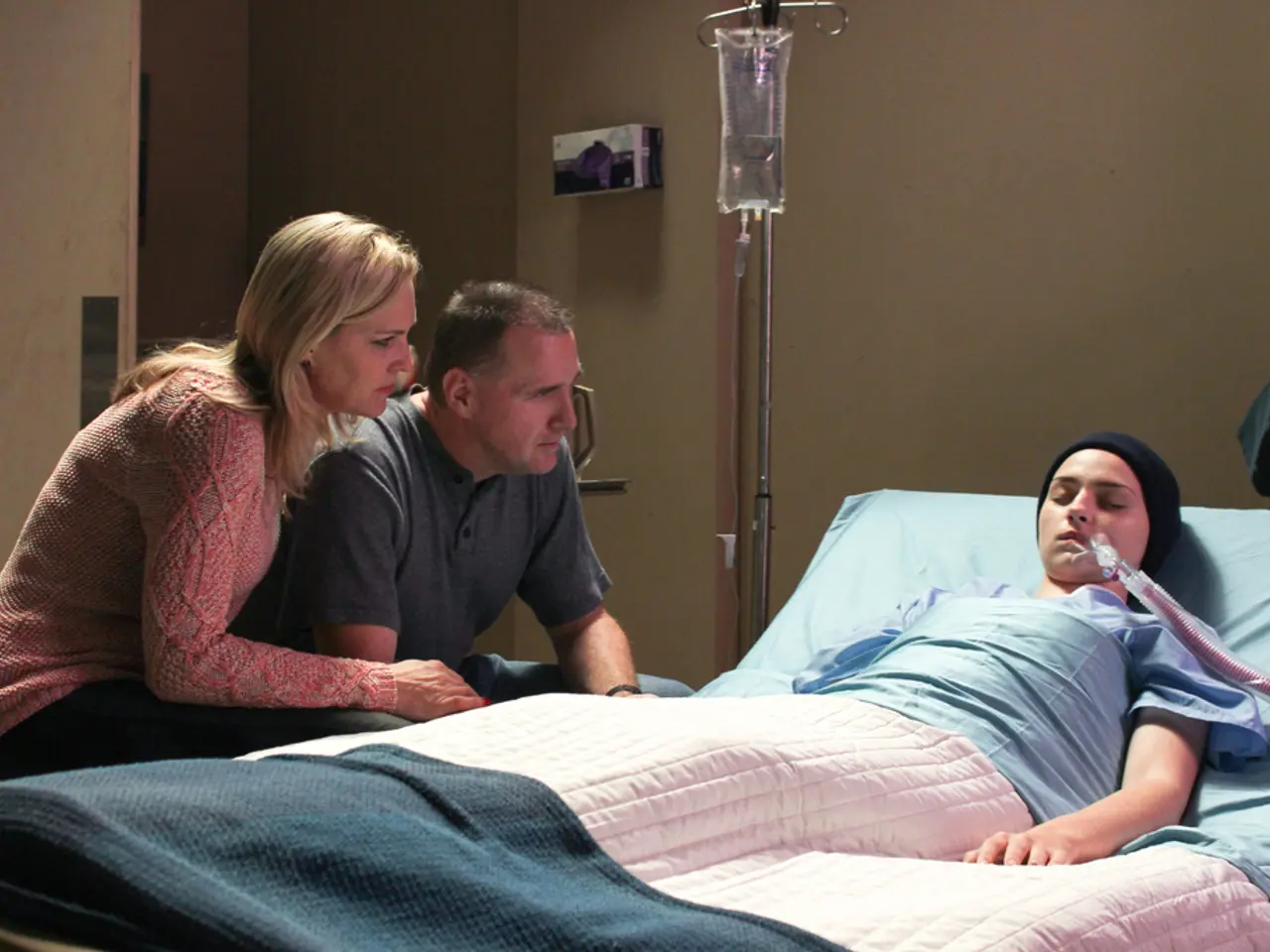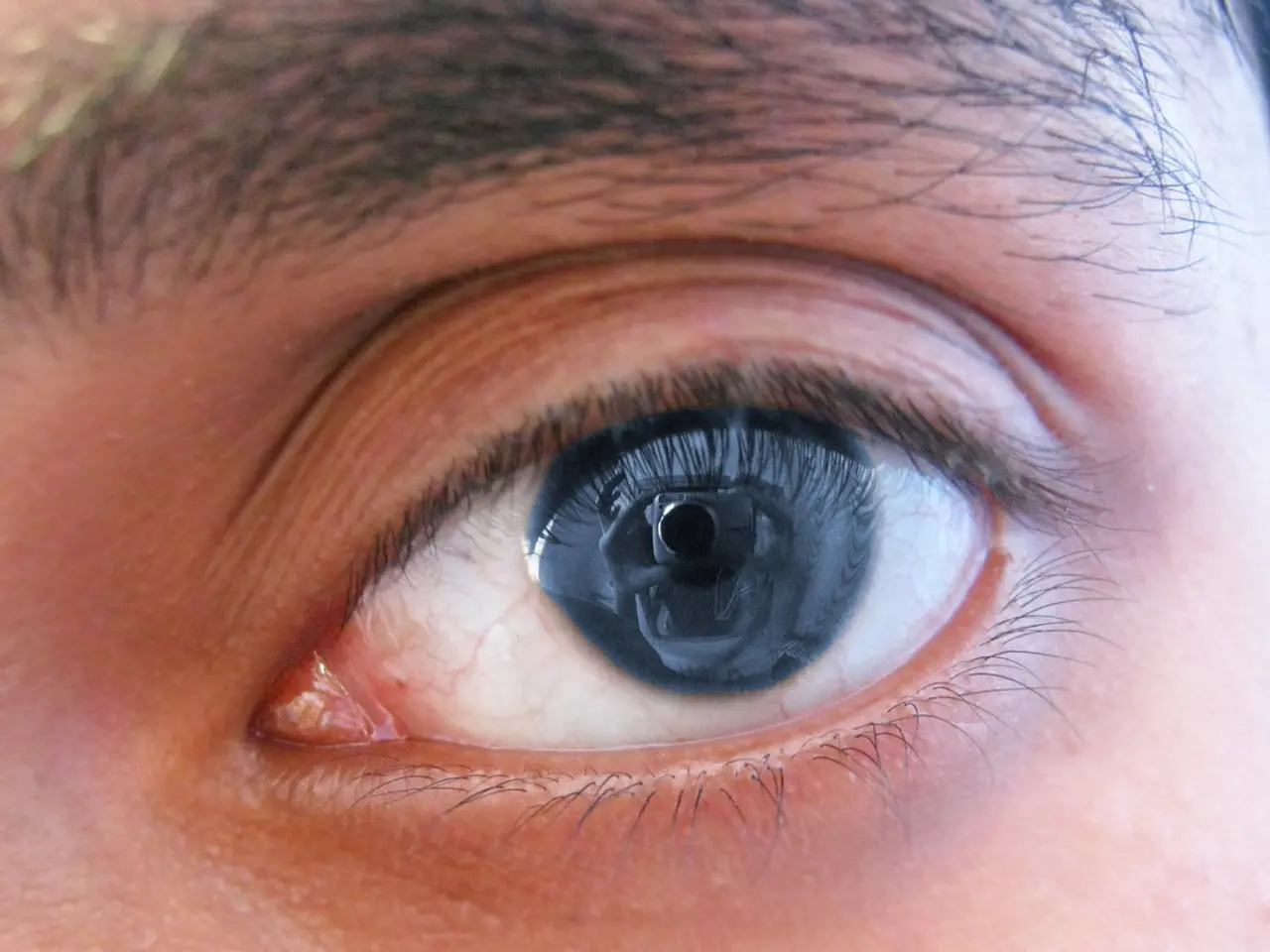Changes in Breasts with Age: Understanding Causes and Options for Treatment
As we age, our bodies undergo various changes, and this is particularly true for the breasts. Hormonal shifts, primarily due to declining estrogen and progesterone levels, significantly impact the appearance and health of breasts.
One of the most noticeable physical changes is a loss of density and firmness, leading to breasts becoming smaller, less firm, and more saggy with age. This is because hormone levels influence breast tissue growth and maintenance throughout life[1].
Long-term exposure to changing levels of estrogen and progesterone can also impact breast cell growth regulation. Excessive or imbalanced hormone signaling may increase the risk of benign breast conditions and breast cancer, particularly with hormonal therapy use during menopause. The risk varies depending on hormone type and individual factors[3][4][5].
Fortunately, there are treatment options available to address hormone-related breast changes and symptoms. Hormone Replacement Therapy (HRT) can be used to restore hormone balance during and after menopause, helping alleviate symptoms like breast discomfort and maintaining breast tissue health. However, HRT must be carefully managed as certain types (notably combined estrogen-progestin therapy) may increase breast cancer risk in some women[2][5].
Lifestyle modifications, such as reducing chronic stress, avoiding exposure to endocrine-disrupting chemicals, maintaining a healthy weight, good nutrition, and regular exercise, can support hormone balance and overall breast health[2]. Regular medical monitoring is also crucial, with regular breast exams and mammograms to monitor any abnormal changes, especially if on hormonal treatments or with increased breast cancer risk.
Prevention tips for age-related breast changes and hormone imbalance include maintaining a healthy lifestyle, managing stress effectively, avoiding unnecessary exposure to hormone disruptors, regular health check-ups, and considering individualized hormone therapy cautiously[1][2][5].
Aging can also lead to the development of growths such as fibroids, cysts, and cancer. Fibroids are benign growths consisting of fibrous connective tissue that can develop in the breast tissue, while cysts are round, tender lumps that contain fluid. Cancer cells can be felt as growths during breast self-exams.
Other symptoms of breast cancer may include swelling, redness, scaling, dimpling, nipple retraction, and abnormal discharge. If you experience any of these symptoms, it's essential to contact your doctor immediately.
Cosmetic surgery can also be an option for those seeking to address aesthetic changes. Surgery using implants or injections can make the breasts appear fuller, and cosmetic surgery to reposition the nipples is also an option. However, it's crucial to discuss any surgical procedures with a healthcare professional to understand the potential benefits and risks.
In summary, aging-related hormone imbalances lead to notable changes in breast appearance and health. Treatment includes hormone therapies cautiously applied, alongside lifestyle and preventive strategies to maintain breast health and minimize disease risk. Regular medical surveillance is important to detect and address any breast abnormalities early.
- As women age and approach menopause, it's important to be aware of the potential impact of hormonal shifts on breast health and wellness.
2.Changes in breast appearance, such as decreased firmness and increased sagginess, can occur due to aging and hormonal changes, although the development of fibroids or cysts in the breasts is also a possibility.
- Maintaining a healthy lifestyle, including regular exercise, a balanced diet, and stress management, can support hormone balance and overall breast health, while regular medical check-ups and self-exams also play a critical role in early detection of any abnormal changes.
- For those concerned about aesthetic changes, cosmetic surgery may be an option; however, it's essential to consult with a healthcare professional about the potential benefits and risks before proceeding.




